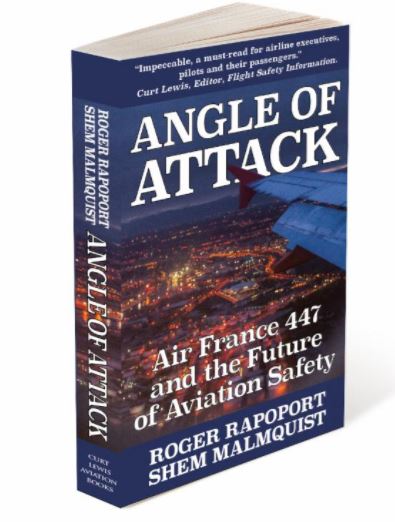[ad_1]
I am going to shift gears a bit and move into a discussion of resilience engineering. I was able to attend the recent symposium of the Resilience Engineering Association (http://www.resilience-engineering-association.org/) of which I am a member. A common thread of my articles is to increase knowledge so we can increase the ability to respond to unexpected scenarios. Organizations also can exhibit resilient behavior, and can create conditions to enable their “sharp end” personnel to also behave in an resilient way. So what is resilience?
There continues to be a challenge balancing compliance and flexibility in order to create an adaptable organization with adaptable components. A large part of the challenge of this is fully understanding the goal of where, or really, what a resilient organization acts like, or even what resilience is. After digesting a lot of material, a good metaphor occurred to me while watching my 14 year old perform a leading role in the play “The Lion King”.
In a play the baseline is the story, which is winding towards a known end point (at least known to the players and the director). The story is turned into a script and further broken down into scenes. This is analogous to our design of the system, the aircraft or hub operation or any other system we are trying to manage. The aircraft, building, etc., become “the set”. Even a computer is filling that roll as it is relatively fixed in how it responds. The script are the procedures we follow. The actors work to follow the script and if all goes right everyone and every component does exactly what we expect, it is “work as imagined”, literally. The director is, of course, the manager (s) or management.
However, in the real word, things do not go right all the time, or even most of the time. A prop or set might not work quite right, or an actor might forget their lines. What do the other actors do? They improvise. They adapt to make the story work towards where it is supposed to go where all the players and director know it needs to go. They may fill in complete sections, re-route around obstacles, what ever it takes to make the story work to the ending that they all know. This is despite a portion of the set “getting stuck” and remaining on stage, or perhaps not being there when it should be. This is despite another actor completely missing their lines, their cues or perhaps even not showing up at all!
I think that is an example of the adaptability we want. It requires being ok with things going off script sometimes as long as we reach the end of the story where things turn out the way they were intended. It also requires actors that are knowledgeable enough and have the skill set to improvise when they need to, pulling the divergence back into the story line of the script. True graceful extensibility, as described by David Woods as “how a system extends performance, or brings extra adaptive capacity to bear, when surprise events challenge its boundaries”. If done right it is seamless, literally, graceful. The audience may not even notice!
The way to get there is by creating an atmosphere where people know that they are not judged negatively if something pushes them off script, but rather the emphasis is on how well they can keep the story moving towards the end we desire. We don’t create such rigid barriers that once we break through we cannot get back either. If the control of some behavior is so rigid that any unexpected events occuring cannot be adapted for by higher level controllers in the system then we have not done our job (e.g. an envelope protection feature in the flight controls that cannot be overridden by the pilot if it is performing an unsafe action due to the system believing that a critical point has been exceeded).
Pilots should not be judged in a simulator on how closely they followed the procedures, but rather how well the entire play was able to reach the proper conclusion.
Unfortunately, this is diametrically opposed to much of the current push in aviation, towards more compliance, specifically “procedural compliance”. This is setting us up for failure. We are emphasizing staying on script, not improvising as required to get the story to end where we need it to.
=======================================
[ad_2]
Source link



